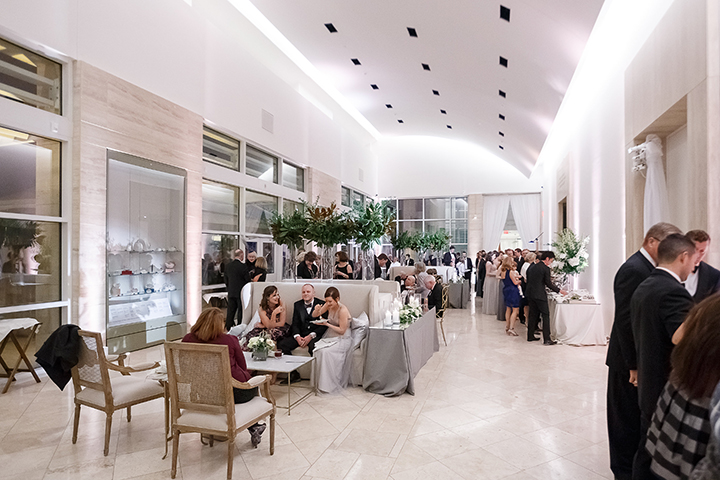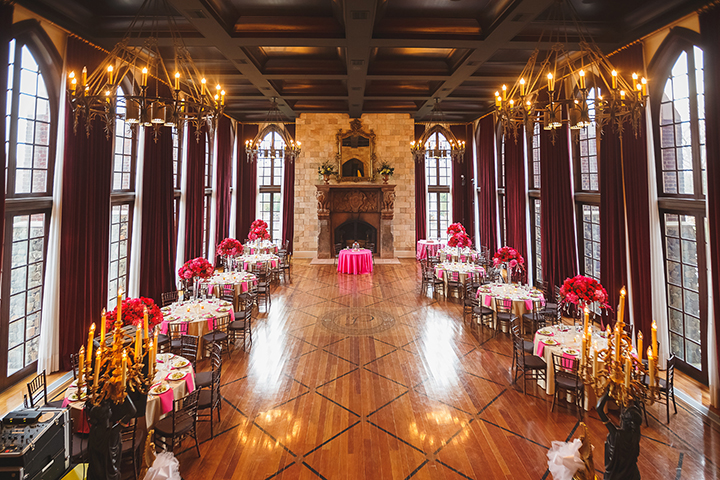Exceptional guest experiences don’t just happen. They are meticulously designed and painstakingly executed by expert event professionals willing to go the extra mile to please. To make award-winning events come to life, you first need a way to visualize the event through the eyes of your clients. Journey mapping helps you do just that.

Photo courtesy Don Mears Photography
Journey mapping means outlining an event from the moment guests arrive to the moment they depart, including every little detail in between. It’s a tool for event professionals seeking to go beyond just meeting expectations. Through journey mapping you can find opportunities to enhance the day for your clients and prevent anything distracting from or diminishing the important details.
Establish priorities
During your initial consultations, find out what is most important to your client. Is it securing the best caterer in town or booking a hard-to-get band? No two clients are alike, so this part of the process is important. Some couples will come to you with a clear list of priorities, while others need more coaching. For the latter, I find that presenting them with a list of all of the possible details gives them some context and helps them focus.
Establishing priorities keeps you and your clients on the same page, creating a mutual understanding more valuable than anything else on the event day.
Details vs. the big picture
The purpose of a journey map is to look at an event from a perspective that allows you to refine an experience down to the most minute of details. This can truly enhance an event and make it in special in ways guests could never anticipate. However, viewing an event this way during planning sometimes leads the planner to focus too much on one aspect—the design, catering, or entertainment for example. Be cautious and ensure that you always keep the big picture in mind so the entire event meets your high standards.
“Actively imagine what it’s like to be your prospective client so you can enhance the entire experience from the first time someone hears your name to the day they book you through the post-event follow up.”
Exercise your creativity
The real fun of journey mapping is seeing what you can do to take a routine idea and turn it into something extraordinary. Perhaps you’ll use an event space in a way that no one has before, or a material in your designs that is completely unique to your client’s event. While journey mapping is a very practical tool to make sure nothing falls through the cracks, it’s also a great way to find those little areas where you can make your mark and come up with something new.

Photo courtesy Don Mears Photography
The journey begins before the event
Like a good event timeline begins days or weeks before the event day, a journey map should address the period before the event and what can be done in the lead up to build anticipation. The more excited guests are to attend, the more they buy in they will have to the experience as a whole. Through save-the-dates, social media updates, and word-of-mouth, you can peak interest before you ever step foot in the venue. The journey mapping process will help you determine the best ways to approach hyping your event.
Apply journey mapping not only to your next event, but to your entire customer acquisition process. Actively imagine what it’s like to be your prospective client so you can enhance the entire experience from the first time someone hears your name to the day they book you through the post-event follow up.
Journey mapping could easily become your most valuable tool, increasing both your bookings and your overall event quality. Begin journey mapping today and enjoy whole new levels of business success.



